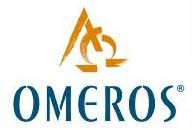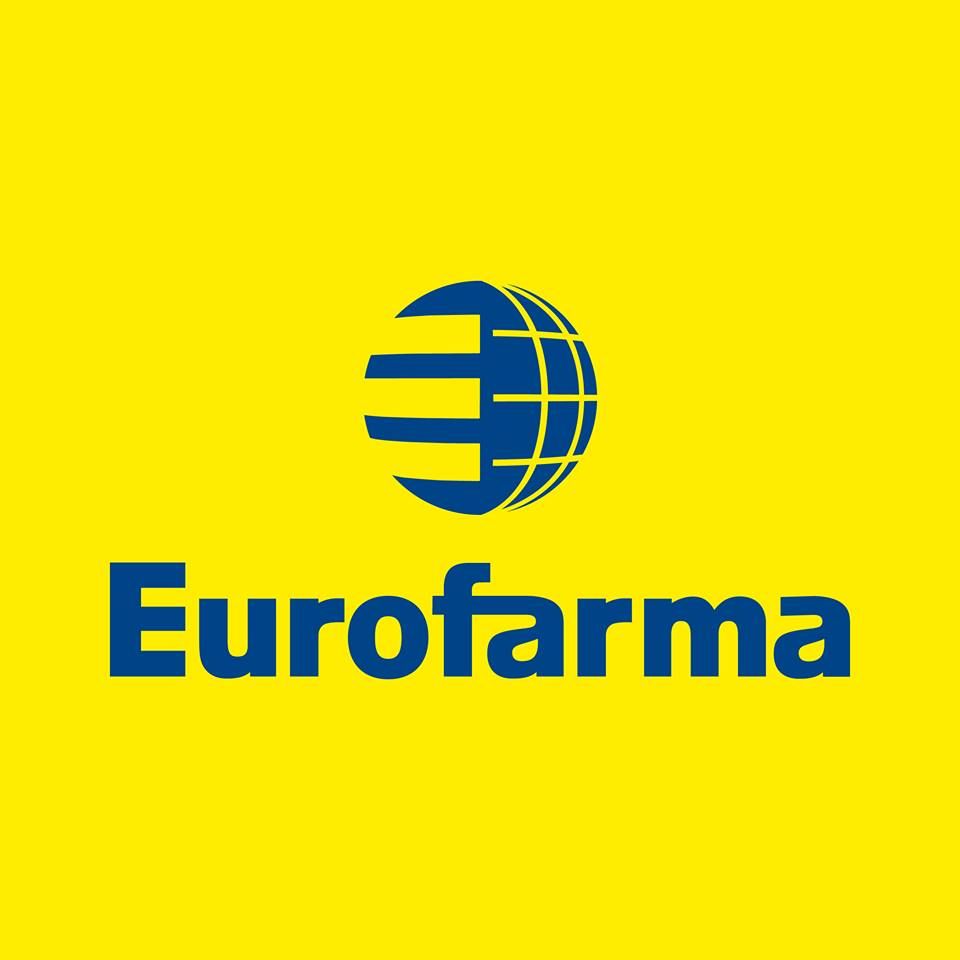预约演示
更新于:2025-05-07
ADRA1 x COXs
更新于:2025-05-07
关联
15
项与 ADRA1 x COXs 相关的药物作用机制 ADRA1激动剂 [+2] |
原研机构 |
最高研发阶段批准上市 |
首次获批国家/地区 美国 |
首次获批日期2014-05-30 |
作用机制 ADRA1激动剂 [+1] |
原研机构 |
非在研适应症- |
最高研发阶段批准上市 |
首次获批国家/地区 澳大利亚 |
首次获批日期2009-08-27 |
32
项与 ADRA1 x COXs 相关的临床试验NCT05118672
A Multicenter, Randomized, Parallel-group, Double-blind, Comparative Trial of the Superiority of Paracetamol 500mg/Fexofenadine 60mg/Phenylephrine 20mg Fixed-dose Combination Versus Placebo in the Symptomatic Treatment of Flu and Cold
A Phase 3, multicenter, Randomized, Double-blind, comparative clinical trial to evaluate the association of paracetamol 500mg + Fexofenadine 60mg + Phenylephrine 20mg in the flu and common cold treatment.
⚠️Study will only be conducted in research centers in Brazil (please do not send e-mail if your center is outside brazil).
⚠️Study will only be conducted in research centers in Brazil (please do not send e-mail if your center is outside brazil).
开始日期2025-03-26 |
申办/合作机构 |
NCT06681688
Prospective Study of Complication Rates in Cataract Surgery Patients Treated With Combined Pre-operative NSAID, OMIDRIA, and Subconjunctival Triamcinolone Acetonide Compared With Peri-operative Standard of Care
This is a multicenter, 2-arm, randomized, prospective study of patients slated for bilateral cataract extraction. One eye will be randomized to the Study Arm, and the fellow eye will be randomized to the Control Arm.
开始日期2024-07-10 |
申办/合作机构- |
100 项与 ADRA1 x COXs 相关的临床结果
登录后查看更多信息
100 项与 ADRA1 x COXs 相关的转化医学
登录后查看更多信息
0 项与 ADRA1 x COXs 相关的专利(医药)
登录后查看更多信息
36
项与 ADRA1 x COXs 相关的文献(医药)2023-04-01·American Journal of Physiology-Heart and Circulatory Physiology
Carotid dysfunction in senescent female mice is mediated by increased α1A‐adrenoceptor activity and COX-derived vasoconstrictor prostanoids
Article
作者: Gomes, Felipe V. ; Jimenez-Altayó, Francesc ; Barros, Paula R. ; Akamine, Eliana H. ; Santos-Silva, Thamyris ; Costa-Neto, Claudio M. ; Dantas, Ana Paula ; Hott, Sara Cristina ; Costa, Tiago J. ; Tostes, Rita C. ; Silva-Neto, Júlio A. ; McCarthy, Cameron G. ; Duarte, Diego A.
2022-11-01·Chemistry & Biodiversity
The Mechanism of Crocetin Targeting Cardiovascular Disease Based on Network Pharmacology Constrained by Spectral Experiments
Article
作者: Geng, Zhaoming ; Pan, Lanying ; Zhou, Qingteng ; Guo, Ming
2021-06-04·Evidence-Based Complementary and Alternative Medicine4区 · 医学
Systematic Investigation of the Effect of Powerful Tianma Eucommia Capsule on Ischemic Stroke Using Network Pharmacology
4区 · 医学
ArticleOA
作者: Pei, Jinhong ; Huang, Yan ; Li, Guixia ; Feng, Pengcheng
1
项与 ADRA1 x COXs 相关的新闻(医药)2012-02-07
SEATTLE, Feb. 7, 2012 /PRNewswire/ -- Omeros Corporation (NASDAQ: OMER) today announced that recent positive clinical developments have allowed it to revise the planned analysis for its ongoing Phase 3 clinical trial evaluating OMS302, which Omeros believes expands opportunities for the product's clinical and regulatory success. OMS302 is a proprietary combination of an anti-inflammatory active pharmaceutical ingredient (API) and an API that causes mydriasis (pupil dilation), each with well-known safety and pharmacologic profiles. The product candidate is added to standard irrigation solution used during cataract surgery and other lens replacement procedures to maintain intraoperative mydriasis and to reduce postoperative pain.
Last year, Omeros reported a successful 221-subject Phase 2b clinical trial that evaluated OMS302 in patients undergoing cataract surgery. OMS302 was compared to the mydriatic API alone, the anti-inflammatory API alone and vehicle, each arm consisting of approximately 55 patients. In this trial, each API in OMS302 contributed to the efficacy of the product. Patients in the OMS302 group demonstrated statistically significant maintenance of mydriasis over both the group that received only the anti-inflammatory API (p<0.0001) and the vehicle-treated (p<0.0001) group. Similarly, the OMS302-treated group demonstrated a statistically significant reduction in pain compared with both the group that received only the mydriatic API (p=0.0089) and the vehicle-treated (p=0.0418) group.
In connection with the Company's continuing analysis of data from its Phase 2b clinical trial, Omeros determined that OMS302 was statistically significantly superior in preventing clinically meaningful miosis (pupil constriction) when compared to each of the other three treatment arms (p=0.0005 vs. the anti-inflammatory, p=0.0404 vs. the mydriatic and p<0.0001 vs. vehicle). Clinically meaningful reduction in pupil diameter is associated with an increase in procedure-related complications, including posterior capsule tears, retained lens fragments and vitreous leaks. The mydriatic API and the anti-inflammatory API in OMS302 are known to cause mydriasis and prevent miosis, respectively. The analysis of pupil diameter in the Phase 2b trial demonstrates that each API in OMS302 contributed to the maintenance of mydriasis seen in the Phase 2b trial. Given these data, Omeros is revising the planned analysis for the current Phase 3 trial to identify maintenance of mydriasis as the single primary endpoint rather than as a co-primary endpoint with pain reduction. Pain reduction will be assessed as a secondary endpoint. Omeros believes that this approach increases the number of paths for clinical-outcome and regulatory-approval success for OMS302.
"Our confirmation that the anti-inflammatory agent in OMS302 inhibited miosis in the Phase 2b clinical trial provides us with multiple opportunities for success in this program," said Gregory A. Demopulos, M.D., chairman and chief executive officer of Omeros. "By selecting mydriasis as the single primary endpoint, we maintain our ability to access these opportunities. We look forward to reading out data from the first OMS302 Phase 3 clinical trial later this quarter."
As previously reported, Omeros will initiate its second Phase 3 clinical trial for OMS302 following a meeting with European regulators to ensure that the current trial design satisfies Omeros' marketing objectives in Europe. That meeting is scheduled for later this quarter. In the interim, the pace of enrollment in the ongoing Phase 3 trial has exceeded expectations. Total enrollment will exceed 400 patients. The additional patients will count toward the FDA's requested total drug-exposure population and are expected to reduce overall OMS302 development costs without delaying the program. Increasing the patient population raises the calculated statistical power level for the primary mydriasis endpoint and secondary pain endpoint to over 99 percent and 95 percent, respectively. Database lock and data release from this clinical trial remain on schedule for later this quarter.
Omeros' OMS302 Program OMS302 is Omeros' PharmacoSurgery™ product candidate being developed for use during ophthalmological procedures including cataract and other lens replacement surgery. OMS302 is a proprietary combination of an anti-inflammatory active pharmaceutical ingredient (API) and an API that causes mydriasis (pupil dilation), each with well-known safety and pharmacologic profiles. FDA-approved drugs containing each of these APIs have been used in ophthalmological clinical practice for more than 15 years, and both APIs are contained in generic, FDA-approved drugs.
In a 221-subject Phase 2b clinical trial that evaluated OMS302 in patients undergoing cataract surgery, OMS302 demonstrated clinically meaningful and statistically significant benefits in both prespecified co-primary endpoints – maintenance of intraoperative mydriasis and reduction of pain in the early postoperative period. Also, the anti-inflammatory API contributed to maintenance of mydriasis. In addition, fewer OMS302-treated subjects reported moderate and severe postoperative pain. In this study, OMS302 was safe and well tolerated without evidence of drug-related adverse events.
About Omeros Corporation Omeros is a clinical-stage biopharmaceutical company committed to discovering, developing and commercializing products targeting inflammation, coagulopathies and disorders of the central nervous system. The Company's most clinically advanced product candidates are derived from its proprietary PharmacoSurgery™ platform designed to improve clinical outcomes of patients undergoing a wide range of surgical and medical procedures. Omeros has four ongoing clinical development programs. Omeros may also have the near-term capability, through its GPCR program, to add a large number of new drug targets and their corresponding compounds to the market. Behind its clinical candidates and GPCR platform, Omeros is building a diverse pipeline of protein and small-molecule preclinical programs targeting inflammation, coagulopathies and central nervous system disorders.
Forward-looking Statements This press release contains forward-looking statements as defined within the Private Securities Litigation Reform Act of 1995, which are subject to the "safe harbor" created by those sections. These statements include, but are not limited to, statements regarding the Company's belief that revising the planned analysis for its ongoing Phase 3 clinical trial evaluating OMS302 provides more opportunities for OMS302's clinical and regulatory success; its expectation that data from the ongoing Phase 3 trial of OMS302 will be available during the first quarter of 2012; that Omeros will initiate a second Phase 3 trial of OMS302 following discussions with European regulators; the Company's expectation that the additional patients enrolled in the first Phase 3 trial evaluating OMS103HP may reduce overall OMS302 development costs without delaying the program; and that Omeros may have the near-term capability, through its GPCR program, to add a large number of new drug targets and their corresponding compounds to the market. Forward-looking statements are based on management's beliefs and assumptions and on information available to management only as of the date of this press release. Omeros' actual results could differ materially from those anticipated in these forward-looking statements for many reasons, including, without limitation, the risks, uncertainties and other factors described under the heading "Risk Factors" in the Company's Quarterly Report on Form 10-Q filed with the Securities and Exchange Commission on November 8, 2011. Given these risks, uncertainties and other factors, you should not place undue reliance on these forward-looking statements, and the Company assumes no obligation to update these forward-looking statements publicly, even if new information becomes available in the future.
SOURCE Omeros Corporation
Jennifer Cook Williams, Cook Williams Communications, Inc., Investor and Media Relations, +1-360-668-3701, jennifer@cwcomm.org
临床2期临床结果临床3期
分析
对领域进行一次全面的分析。
登录
或

生物医药百科问答
全新生物医药AI Agent 覆盖科研全链路,让突破性发现快人一步
立即开始免费试用!
智慧芽新药情报库是智慧芽专为生命科学人士构建的基于AI的创新药情报平台,助您全方位提升您的研发与决策效率。
立即开始数据试用!
智慧芽新药库数据也通过智慧芽数据服务平台,以API或者数据包形式对外开放,助您更加充分利用智慧芽新药情报信息。
生物序列数据库
生物药研发创新
免费使用
化学结构数据库
小分子化药研发创新
免费使用





